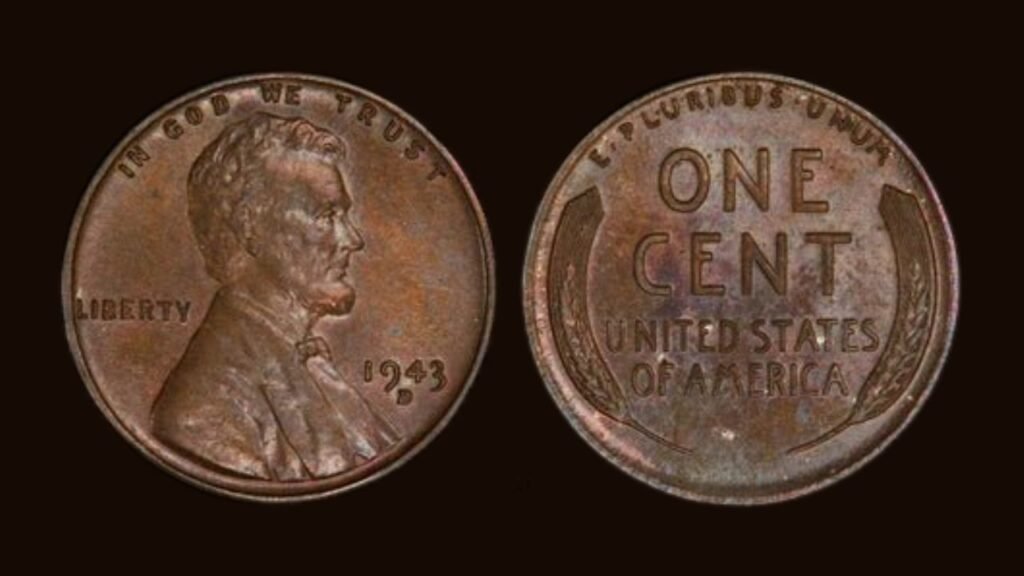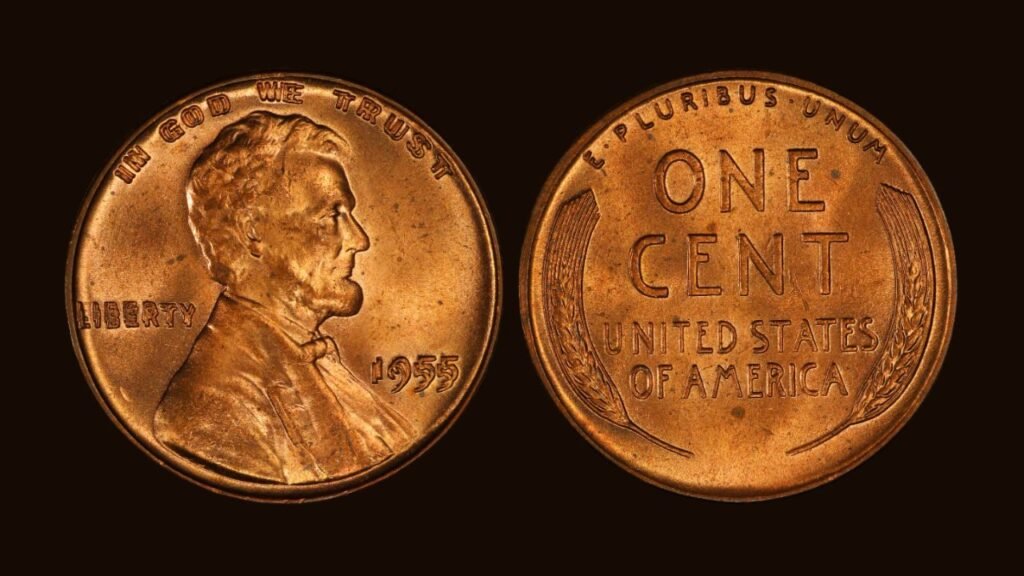The realm of rare coin collecting is filled with charming discoveries, but few are as thrilling because the $one hundred forty,000 Lincoln Wheat Penny. This mysterious and precious penny has captured the attention of creditors and numismatists global. If you’re lucky, you might just locate this sort of uncommon cash in your pocket change or coin series, probably making you rich in a single day!
What Makes the Lincoln Wheat Penny So Valuable?
The Lincoln Wheat Penny become minted between 1909 and 1958 and is famous for its classic layout providing Abraham Lincoln on the obverse and wheat stalks at the reverse. However, certain rare versions and mistakes have grew to become some of these cash into small fortunes.
Among them, a pick out few mistakes cash and low-mintage versions have skyrocketed in value, with a few promoting for as lots as $140,000 at auctions!
The Most Valuable Lincoln Wheat Pennies
Here are some of the rarest Lincoln Wheat Pennies that could be worth a fortune:
1943 Bronze Lincoln Wheat Penny
In 1943, the U.S. Mint switched from copper to zinc-lined metal for pennies because of World War II copper shortages. However, some bronze planchets from 1942 have been mistakenly used, resulting in the rare 1943 Bronze Lincoln Penny.

How to Identify It:
- Made of bronze instead of steel (non-magnetic)
- Weighs 3.11 grams (compared to the 2.7 grams of steel cents)
- In excellent condition, it can fetch up to $140,000 at auction
1955 Doubled Die Lincoln Penny
One of the most well-known coin mistakes in U.S. History, the 1955 Doubled Die Lincoln Penny functions a sizable misalignment within the date and lettering because of a minting mistake. This dramatic doubling impact makes it distinctly suited amongst collectors.

How to Identify It:
- Noticeable doubling in the words “LIBERTY” and “IN GOD WE TRUST”
- Strong doubling on the date “1955”
- Pristine versions can sell for well over $100,000
1909-S VDB Lincoln Wheat Penny
The 1909-S VDB Lincoln Wheat Penny turned into part of the first batch of pennies proposing Abraham Lincoln. The designer, Victor David Brenner (VDB), blanketed his initials at the opposite, but they were eliminated after controversy. Only 484,000 of these coins were minted earlier than the trade, making them extraordinarily rare.

How to Identify It:
- Look for the “S” mint mark below the date (indicating San Francisco Mint)
- The initials “VDB” on the reverse, at the bottom
- In high-grade condition, it can be worth up to $125,000
How to Find a Rare Lincoln Wheat Penny
1. Check Your Pocket Change
- Rare coins still show up in circulation today. Always inspect pennies before spending them—you might just have a hidden treasure!
2. Search Old Coin Jars
- Many valuable coins are unknowingly stored in old piggy banks, coin collections, or family heirlooms. If you have a jar of old pennies, check them carefully!
3. Use a Magnet for 1943 Pennies
- If you find a 1943 penny, test it with a magnet. A genuine 1943 Bronze Lincoln Penny won’t stick to a magnet, while the common steel versions will.
4. Look for Doubling on 1955 Pennies
- Use a magnifying glass to check for the famous doubled lettering on any 1955 Lincoln cents.
Final Thought
The $140,000 Lincoln Wheat Penny is just one of the many valuable coins hidden in circulate nowadays. With a keen eye and a little staying power, you could find out a lifestyles-converting treasure on your spare change. Whether you’re a collector or simply curious approximately your pennies, checking for rare cash may be your next big payday!
FAQ’s
Why is a Wheat Penny worth something?
Wheat Pennies are worth money based on low mintage, mint errors, historical value, and high grade.
Are all pennies from 1943 worth money?
No, the majority of 1943 pennies are ordinary steel coins, but bronze ones (particularly 1943-D) are extremely rare and worth a lot.
How do I know if I have a rare Wheat Penny?
Check for date-mint mark combinations (such as 1909-S VDB), doubling in dates or text, and repunched or missing mint marks.















